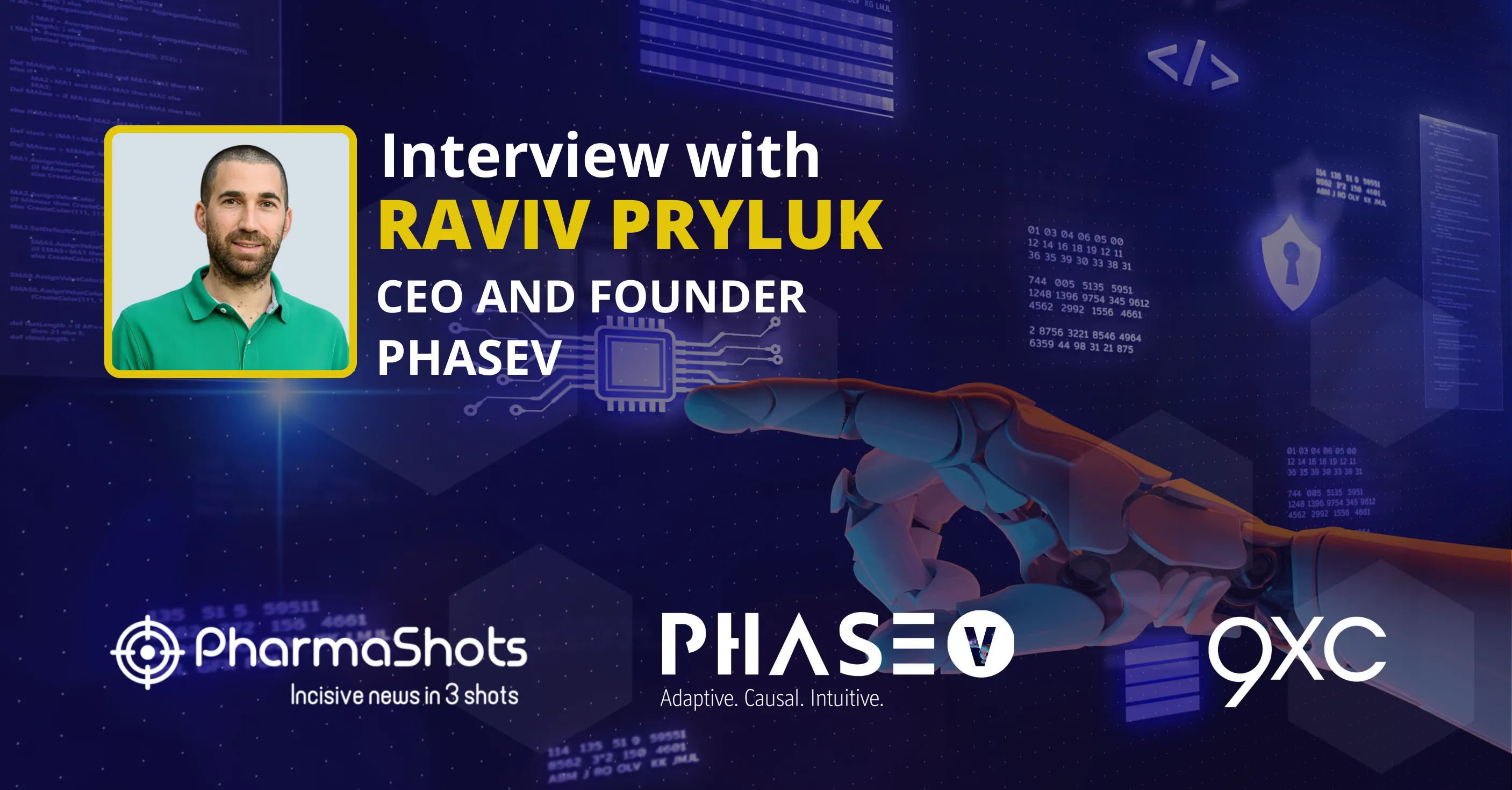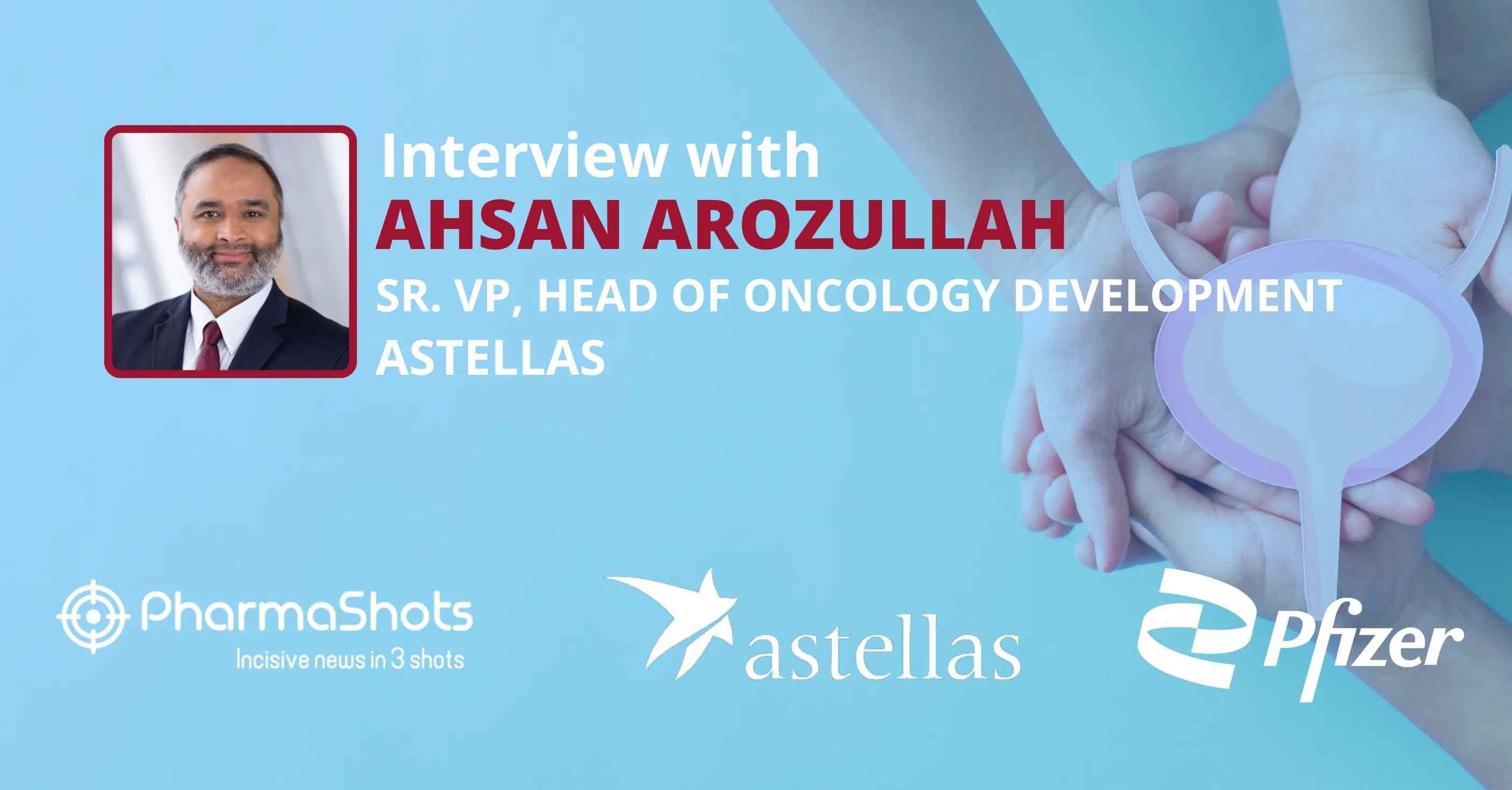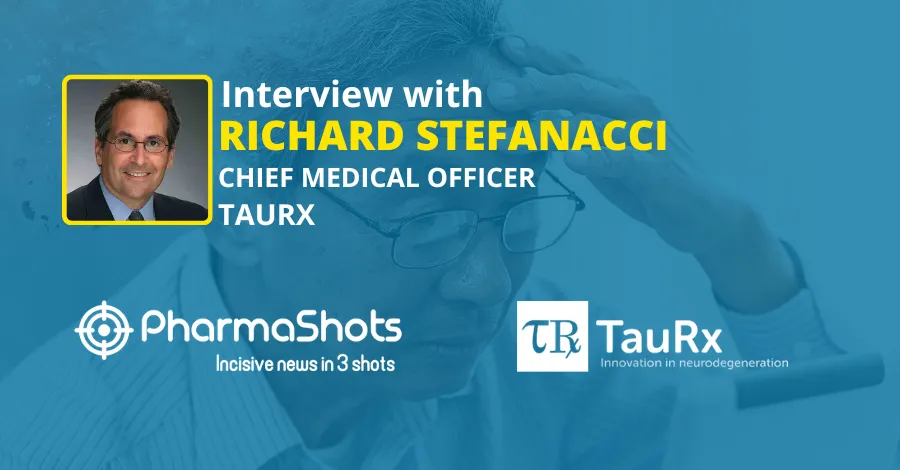
AstraZeneca at ASN 2023: Anjay Rastogi in a Stimulating Conversation with PharmaShots
Shots:
- Anjay Rastogi, Professor, and Clinical Chief of Nephrology at UCLA, in an insightful conversation with PharmaShots, shares the highlights of AstraZeneca’s presentation at the American Society of Nephrology
- At ASN 2023, AstraZeneca shares the analysis from the ZORA study, which is a global RWE program that describes the risk of progression to end-stage kidney disease (ESKD) associated with HK-related RAASi reduction in patients with stage 3 or 4 chronic kidney disease (CKD)
- The ZORA study navigates the possibilities of maintaining (stabilized or up-titrated) RAASi therapy at 6 months, following an episode of HK, among patients treated with Lokelma, relative to those receiving no K+ binder prescription
Saurabh: To begin with let's talk about the ZORA study (global RWE program) (its design, geography among others, population distribution, patient segment, etc.)
Anjay: The ZORA study is a global RWE program designed to examine current management of hyperkalemia (HK) and its’ clinical consequences. It’s the first global study to compare the likelihood of maintained renin-angiotensin-aldosterone system inhibitor (RAASi) therapy after a HK episode in cardiorenal patients treated with Lokelma (sodium zirconium cyclosilicate) relative to patients not treated with a potassium binder (K+ binder) in routine clinical practice.
The results from this particular ZORA study are based on data from hospital records, claims, and health registers from the US, Japan, and Spain.1,2
This ZORA study on ‘Maintained RAASi Therapy with Sodium Zirconium Cyclosilicate (Lokelma) Following a Hyperkalemia Episode', is a multi-country, observational cohort study designed to compare the likelihood of maintaining (stabilized or up-titrated) RAASi therapy at 6 months following an episode of HK, among patients treated with Lokelma, relative to those receiving no K+ binder prescription. The Lokelma cohort included 565 patients in the US, 776 patients in Japan, and 56 patients in Spain, treated with SZC for at least 120 days. The No K+ binder cohort included 2068 patients in the US, 2629 patients in Japan, and 203 patients in Spain without a K+ binder prescription.1
The ZORA study on ‘Association Between Reduced RAASi Therapy and Progression to ESKD in Hyperkalemic CKD Patients’ was designed to describe the risk of progression to end-stage kidney disease (ESKD) associated with HK-related RAASi reduction in patients with stage 3 or 4 chronic kidney disease (CKD). The study included 11,873 patients in the US and 1427 patients in Japan, with CKD Stage 3/4 and baseline RAASi use who experienced an HK episode. Based on RAASi prescriptions 3 months before versus after the HK episode, patients were categorized as down titrated, discontinued, or maintained RAASi treatment.2
Saurabh: What specific cardiorenal patient population was involved in the ZORA real-world evidence study? Were there any inclusion or exclusion criteria for patients in the study?
Anjay: The study population included adult patients with CKD (without hemodialysis) and/or heart failure (HF), with an outpatient prescription for RAASi therapy within 120 days pre-index. In the study comparing the likelihood of maintained RAASi, patients were considered under two cohorts who experienced an HK episode, and matched on baseline characteristics:
The Lokelma cohort included patients who were issued or dispensed a prescription for Lokelma and had at least 120 days of continuous Lokelma treatment. The index date was the date of the first Lokelma prescription.1
The No K+ binder cohort included patients with a recorded inpatient or outpatient HK episode (ICD-10 code E87.5), without prescription for any K+ binder during the 180 days of follow-up. The index date was the discharge date of an HK inpatient episode or the date of an HK outpatient visit.1
Saurabh: Can you shed some light on the data from the ZORA study at ASN 2023? What are the potential implications of the findings from the study?
Anjay: The ZORA analyses demonstrate that Lokelma substantially increases cardiorenal patients’ chances of maintaining lifesaving RAASi therapy.1 Treating HK with Lokelma more than doubled the odds (by ~2.5 times, OR: 2.56; 95% CI: 1.92-3.411; P<0.0001) of patients maintaining guideline RAASi therapy versus no K+ binder treatment.1
Kidney patients who stopped RAASi therapy had a 73% higher risk of progression to ESKD within 6 months, pooled across the US (n=7,506) and Japan (n=1,179) proportions of patients.2
These new data show the serious consequences of down-titration and discontinuation of RAASi therapy in cardiorenal patients, which can lead to poorer outcomes and increased mortality,2-4 and the urgent need for improved guideline adherence in managing HK to enable patients to stay on their lifesaving RAASi therapy.
Saurabh: Could you elaborate on the specific patient populations that most benefited from Lokelma, especially those with end-stage kidney disease (ESKD) on chronic hemodialysis?
Anjay: Results in subgroups of patients with CKD, HF, and CKD + HF were consistent with the primary analysis; however, this analysis did not examine the CKD patients in any further subgroups, and, furthermore, patients on dialysis were not included.1,2
Saurabh: Were there any observed interactions or side effects when Lokelma was used alongside RAASi therapy?
Anjay: This analysis focused on the ability of Lokelma to enable use of RAASi after hyperkalemia. No other endpoints were included in this study and Lokema is generally well tolerated.1,2,5
Saurabh: In the second ZORA study, patients with CKD Stage 3/4 and baseline RAASi use who experienced an HK episode were categorized based on RAASi prescriptions. What were the key findings regarding the association between reduced RAASi therapy and progression to ESKD?
Anjay: The data showed that the risk of progression to ESKD, diagnosed as CKD stage 5 or the initiation of dialysis, within 6 months following an episode of HK was 73% higher in patients who discontinued RAASi treatment, and 60% higher in patients who down-titrated vs maintained RAASi therapy.2 This builds on previous data showing that HK-related RAASi reduction increases the risk of cardiorenal events and mortality among patients with CKD or HF.3,4
About the Author:

Anjay Rastogi
Anjay Rastogi, MD PhD is Professor and Clinical Chief of Nephrology at the David Geffen School of Medicine at UCLA, Los Angeles, California. Dr. Rastogi is board certified in Nephrology and has a doctoral degree (PhD) in Pharmacology. He did his Internal Medicine residency and Nephrology fellowship at UCLA; he completed his graduate training under the mentorship of Nobel Laureate Professor, Louis Ignarro also at UCLA. Dr. Rastogi founded and is the Director of the UCLA CORE Kidney Health Program. This Program is based on our CORE values of Clinical excellence, Outreach, Research, and Education. He is heavily involved in research and serves as the Director of Nephrology Clinical Research Program and other multiple programs at UCLA. These programs are dedicated to providing the best comprehensive and integrated care to patients and their families. He founded the Bruin Beans Health Club at UCLA, an undergraduate club with the mission of mentoring our future leaders in healthcare. Dr. Rastogi received an award for the UCLA Exceptional MD of the Year Award in 2014 for his demonstration of the UCLA values of Compassion, Respect, Excellence, Discovery, Integrity, and Teamwork. Dr. Rastogi was recently awarded the 2023 Younes Nazarian Medical Humanitarian Prize. The purpose of this award is to recognize UCLA Health visionary practitioners or senior level health care providers whose clinical care, medical research, community programs, or technological innovations are advancing humanity.
Related Post: AstraZeneca at ACR 2023: Andrew Menzies-Gow Highlights Data from the MANDARA Study
References
- Rastogi A, et al. ZORA: Maintained RAASi Therapy with Sodium Zirconium Cyclosilicate Following a Hyperkalaemia Episode: A Multi-Country Cohort Study, presented at American Society of Nephrology Kidney Week, 1-5th November 2023, Philadelphia, PA, USA
- Rastogi A, et al. ZORA: Association between reduced RAASi therapy and progression to ESKD in hyperkalaemic CKD patients, presented at American Society of Nephrology Kidney Week, 1-5th November 2023, Philadelphia, PA, USA
- Epstein M, et al. Hyperkalemia constitutes a constraint for implementing renin-angiotensin-aldosterone inhibition: the widening gap between mandated treatment guidelines and the real-world clinical arena. Kidney Int Suppl (2011). 2016 Apr;6(1):20-28. doi: 10.1016/j.kisu.2016.01.004. Epub 2016 Mar 14.
- Kanda E, et al. Clinical impact of suboptimal RAASi therapy following an episode of hyperkalemia. BMC Nephrol. 2023. doi: 10.1186/s12882-022-03054-5.
- LOKELMA. Summary of product characteristics. AstraZeneca.
Tags

Saurabh is a Senior Content Writer at PharmaShots. He is a voracious reader and follows the recent trends and innovations of life science companies diligently. His work at PharmaShots involves writing articles, editing content, and proofreading drafts. He has a knack for writing content that covers the Biotech, MedTech, Pharmaceutical, and Healthcare sectors.













